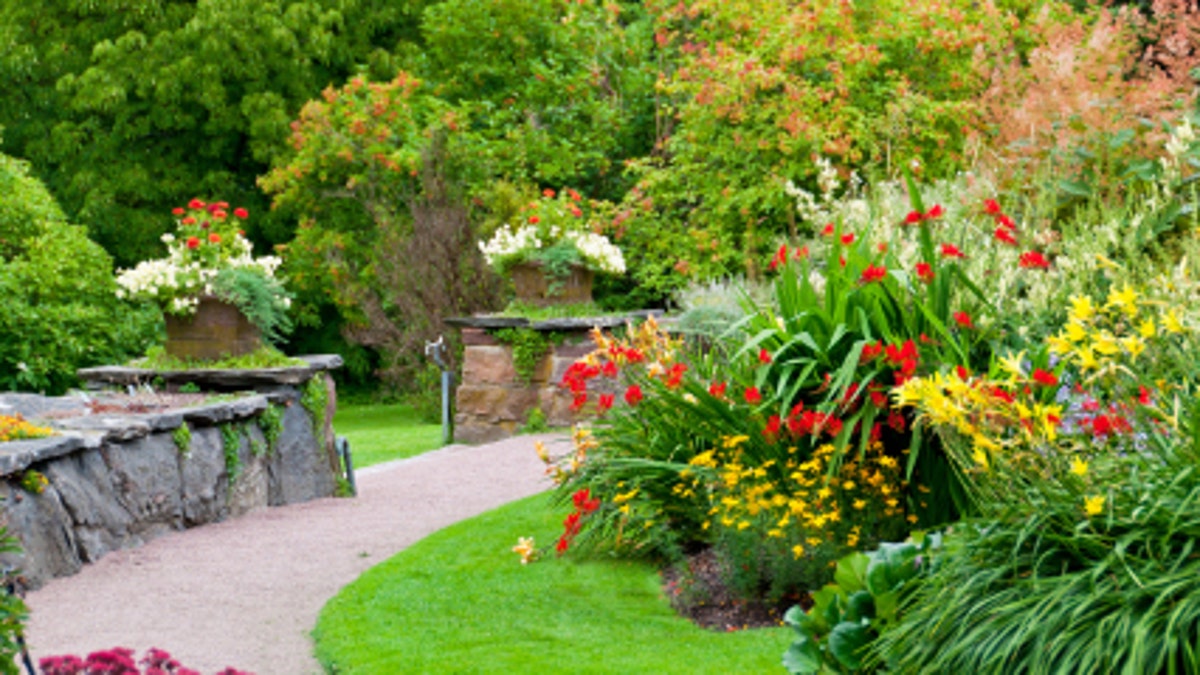
Planting a flower garden is a great way to add some color to your yard. Tending to your new garden also gives you a reason to go outside, and can become a stress-relieving and enjoyable activity. Here are simple steps to get you on your way:
Pick and prepare the site
You want your garden to be a source of joy, so take the time at the beginning to think about the appearance. What do you want your flower garden to look like? Are you going to mix in some herbs or vegetables? Have an idea of what will go into the ground before you seek out the ideal spot for your garden.
According to the National Home Gardening Club, you should select an area that has good drainage and gets a lot of direct sunlight. Do not become discouraged if you cannot find a sunny spot for your garden, just remember to find plants and flowers that thrive in or tolerate shade. If this is your first go at gardening, you may want to start small so you do not become overwhelmed. Better Homes and Gardens suggests planting your garden somewhere visible so you don't ignore its upkeep.
Decide what you are going to plant
Find out your United States Department of Agriculture hardiness zone to see which flowers will flourish in your area. Check out what local nurseries and fellow gardeners have to say and get tips from those who are in the know. Do some research online and in magazines to see how your flowers will fare in the environment you want to create.
Decide if you want to plant a combination of annuals and perennials in your garden. Annuals are types of flowers that generally stay in bloom for longer periods of time but need to be replaced every year. This category includes impatiens, marigolds and petunias. Perennial flowers, on the other hand, have shorter periods of maturity but will bloom again for a few years. These include pansies and daylilies.
Once you have made your decision, think of a color scene and organize your flowers accordingly. Give your garden some depth and dimension by planting flowers that grow to be different shapes and sizes.
Plant your garden
When you decide on the location and the flowers, prepare the beds by first digging up the sod. Then dig up the soil currently in place, turning up the top 8 to 12 inches. Mix in organic matter, like compost, dry grass clippings and decayed leaves. Don't dig when the soil is too wet or too dry. Better Homes and Gardens advises testing the area and digging when you can form a loose ball in your fist that still falls apart when you drop it.
Now you can plant your flowers. Are you going to start from the ground up by planting seeds, or would you rather begin with live plants? You can always use a combination of both. Check out the life cycles of all of your flowers so you know when the best time to put them in the ground.
Maintaining the garden the organic way
According to Robert McLaughlin, the CEO of OrganicBouquet.com, using natural fertilizer and pest control methods will help you keep a healthy and thriving garden. He says planting herbs like mint or chamomile will help keep away certain pests. You can also apply light amounts of salt water to control weeds near the garden, but make sure not to get too close to your plants.